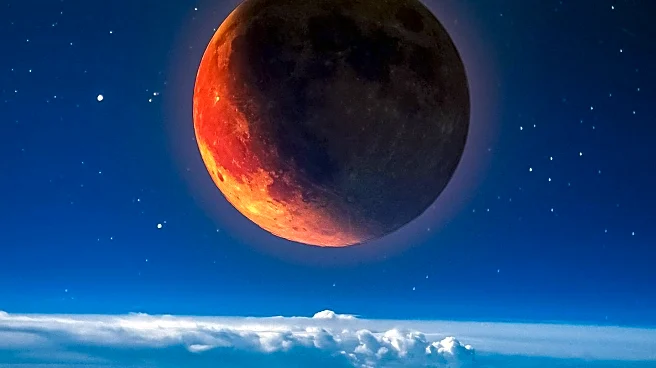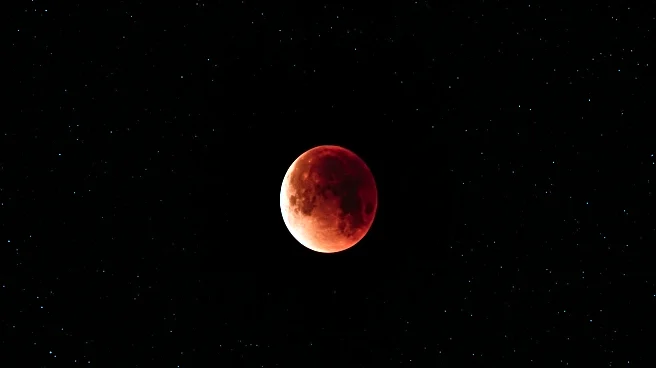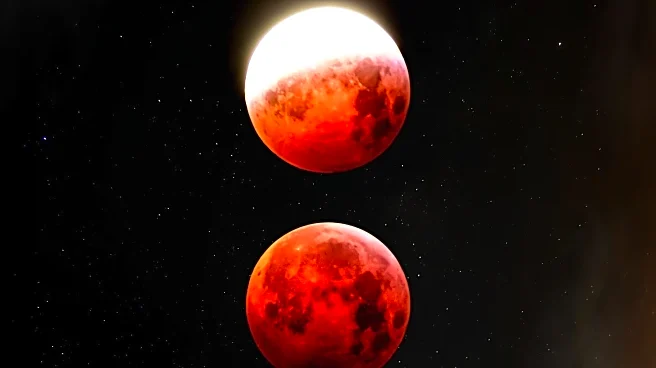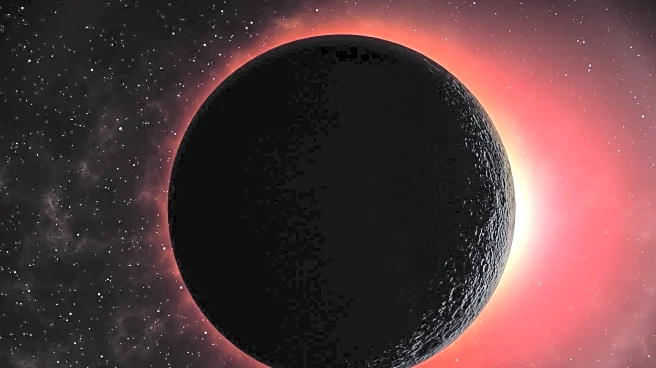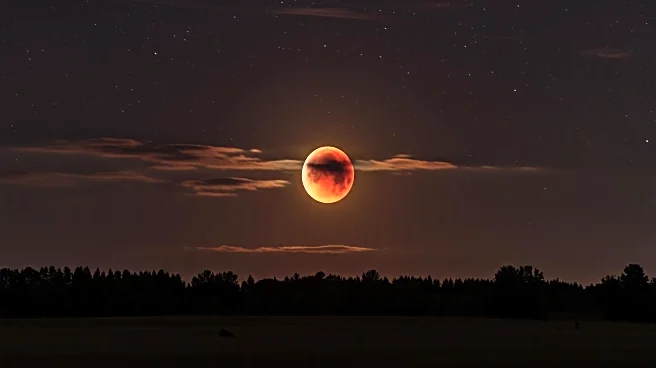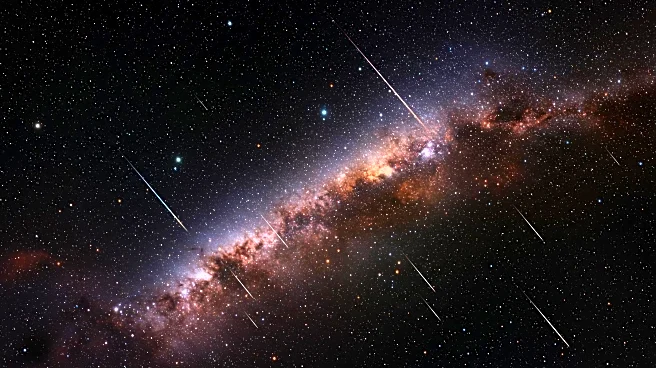What is the story about?
What's Happening?
A total lunar eclipse, known as a 'blood moon', is set to occur on September 7, 2025. The eclipse will not be visible in the U.S., but prime viewing locations include Asia, east Africa, and western Australia. During a total lunar eclipse, the moon takes on a red or orange hue due to Earth's shadow. The event can be watched online via livestreams for those unable to view it in person.
Why It's Important?
Total lunar eclipses are significant astronomical events that capture public interest and provide educational opportunities. The 'blood moon' phenomenon highlights the interactions between celestial bodies and the effects of Earth's atmosphere on light. The event encourages global participation in skywatching and fosters a sense of connection through shared experiences of natural phenomena.
What's Next?
The next total lunar eclipse visible in the Americas will occur on March 3, 2026, followed by a partial eclipse in August 2026. These events will offer opportunities for observation and study, as well as public engagement with astronomy. Scientists and educators may plan activities and resources to enhance understanding of lunar eclipses and their significance.
Beyond the Headlines
The eclipse serves as a reminder of the beauty and complexity of the universe, inspiring curiosity and wonder. It may lead to discussions on the cultural and historical significance of lunar eclipses, as well as their role in scientific research. The event also underscores the importance of preserving dark skies for astronomical observations.
AI Generated Content
Do you find this article useful?
